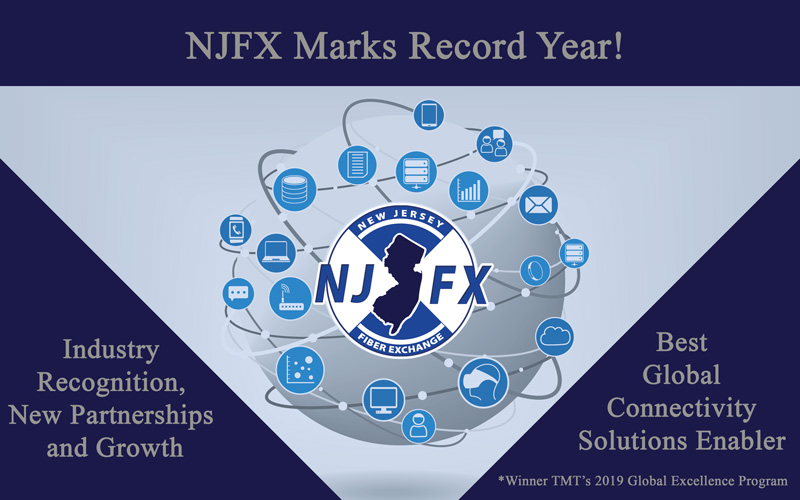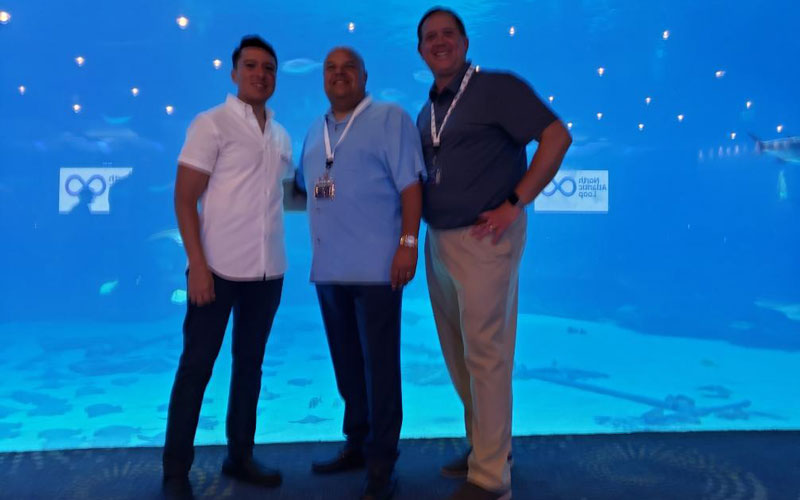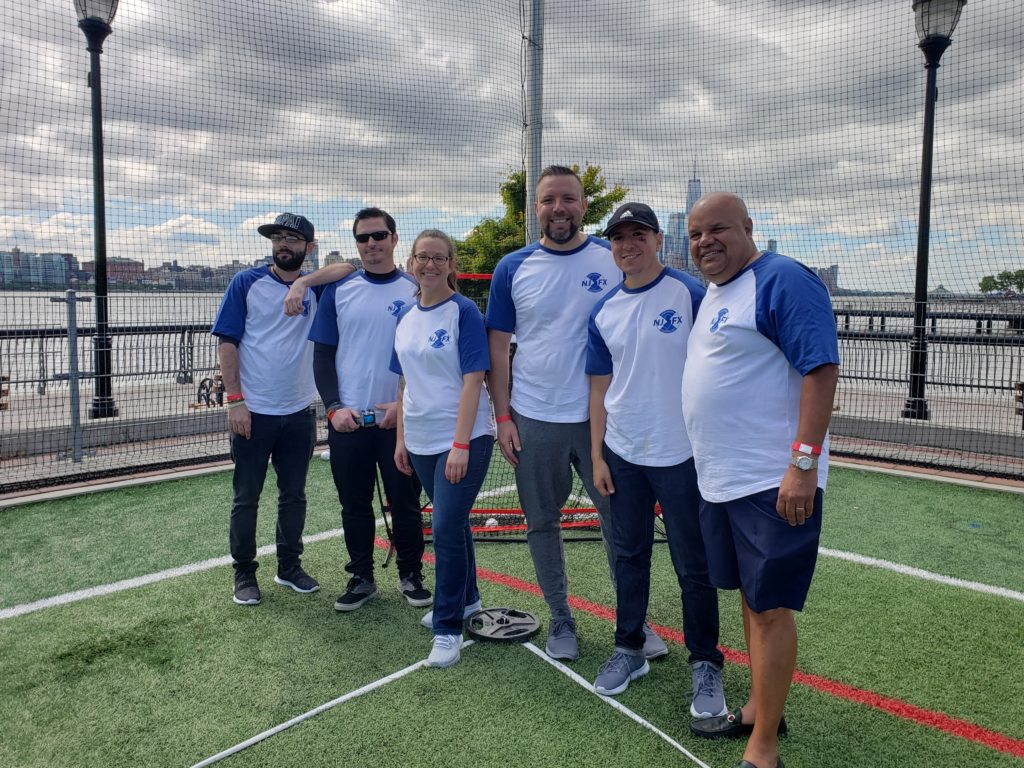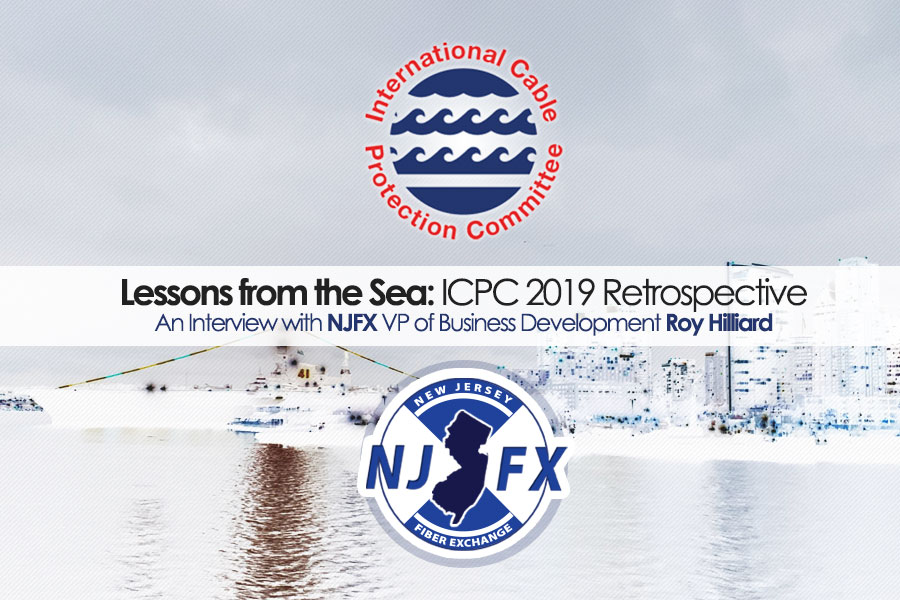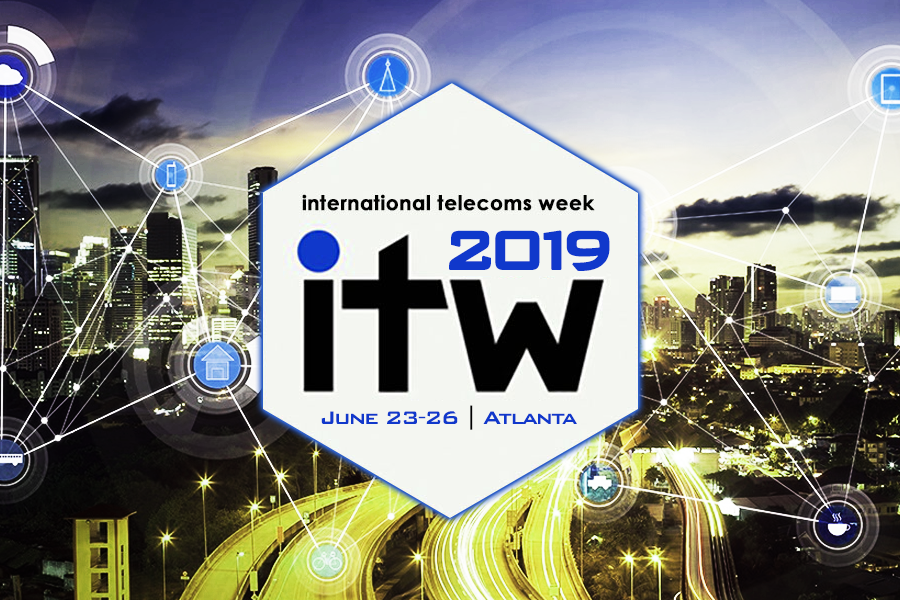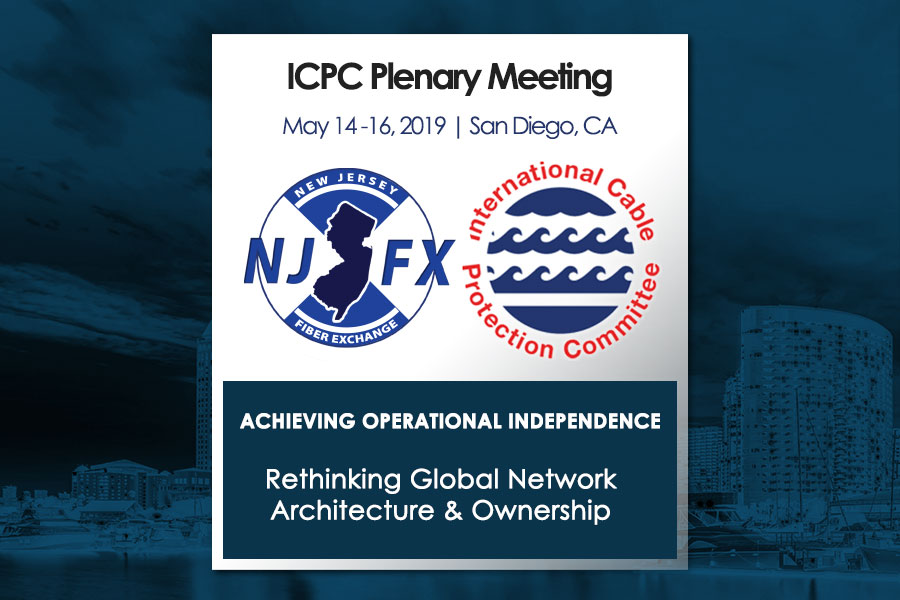NJFX Hires Sarah Kurtz as Sales Support Manager, Bringing a Fresh, Female Perspective to Industry
NJFX Hires Sarah Kurtz as Sales Support Manager, Bringing a Fresh, Female Perspective to Industry
November 26, 2019
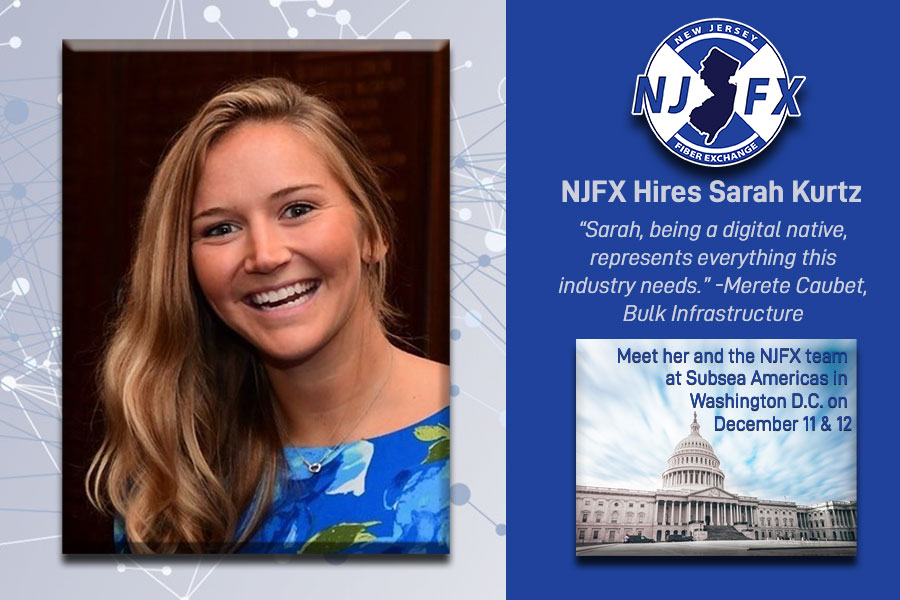
Wall Township, NJ – NJFX, the only Cable Landing Station (CLS) colocation campus in the U.S offering Tier 3, carrier-neutral data center capabilities, announces naming Sarah Kurtz to serve as Sales Support Manager. As a recent college graduate and former NJFX intern, Sarah has come of age in the internet era, where technology, IoT devices and smartphones are ever present. This provides Ms. Kurtz a unique perspective of the industry and a smart approach to working with clients. The leadership at NJFX is excited to usher Ms. Kurtz into the dynamic subsea industry and build a powerful foundation for her and other young women in the infrastructure space.
Ms. Kurtz, born and raised in Sea Girt, New Jersey, graduated from Fairfield University in Connecticut with a degree in Computer Science. She credits her studies with sparking her interest in the technology field and led to an internship with NJFX, which expanded that interest to the telecommunications industry. After graduation, she spent a year as a software developer for Verizon. It was then that NJFX Founder and CEO Gil Santaliz reached out to offer Ms. Kurtz the position of Sales Support Manager.
“Sarah brings a lot to the table as a young woman entering the telecom field. We are looking forward to having a fresh perspective, not only for us, but also for the industry,” says Felix Seda, General Manager of NJFX, “She is eager to soak up as much as she can, as quickly as she can and we’re excited to have her on our team as we look to 2020 and beyond.”
The move from working on software to hardware has proven to be an exciting one for Ms. Kurtz. “In software development, it was just me and my computer. But in subsea there is so much more emphasis on networking and learning from others.” The fast pace of her work has also proven to be a big draw, with Ms. Kurtz citing this as an area of opportunity for young people aspiring to join the industry. “I find that people of my generation are hungry for knowledge about the technology they have grown up with. They are ready and willing to learn. That directly correlates with the vast amount of information about this industry,” she comments adding, “Learning quickly and keeping up with the pace of the ever-advancing technology is something my generation is well equipped for.”
“Being a young woman often makes me a minority in the room. But I have found this to be a big motivator rather than a challenge. It just makes me eager to learn quickly and stand out as a leader, ” Ms. Kurtz says about being in a male-dominated field, “It really lights a fire in me to work harder.” She has also had the opportunity to travel often with NJFX and meet with many prominent women in tech and telecom, and she uses these opportunities to develop professional and personal relationships.
“Sarah, being a digital native, represents everything this industry needs, and I am looking forward to seeing more of her in the future,” remarks Merete Caubet, Vice President of Sales & Business Development of NJFX partner, Bulk Infrastructure. “Creating diversity within our industry has been a big initiative lately, with industry events’ hosting sessions focused on bringing the women of tech and telecom together and pre-professional programs for college students, so it is really exciting to see these initiatives paying off. We congratulate NJFX on such a successful recruitment to the team.”
You can find Ms. Kurtz at Subsea Americas, December 10-12, in Washington, DC. The event will feature an interactive workshop called the “Women in Subsea Initiative” tasked to create an environment that encourages knowledge sharing, promotes diversity, and encourages a trading of skills. In addition, NJFX is a Silver sponsor of the event. For more information, visit www.njfx.net or contact [email protected] to set up a meeting.
###
About NJFX:
NJFX is a Tier 3 Carrier Neutral Cable Landing Station campus. Our colocation ecosystem has expanded to over 35 network operators offering flexibility, reliability, and security. Our Wall, NJ location provides direct access to multiple subsea cable systems giving our carriers diverse connectivity solutions and offers direct interconnection without recurring cross-connect fees.
More In the News
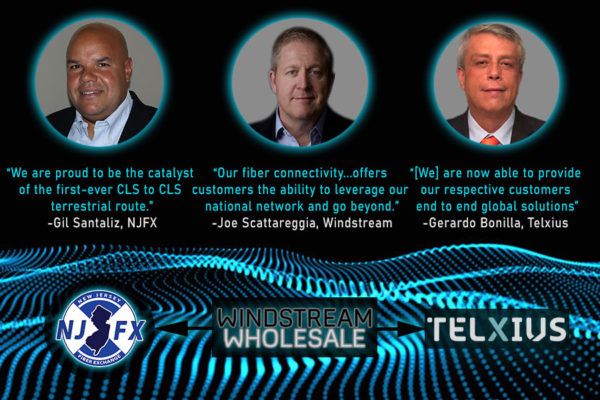
NJFX and Telxius Ecosystems are Booming – Increasing Global Connectivity Options with First-Ever Dual Cable Landing Station Terrestrial Connection
NJFX and Telxius Ecosystems are Booming – Increasing Global Connectivity Options with First-Ever Dual Cable Landing Station Terrestrial Connection Windstream connects Wall NJ to Virginia

There Is a Greater Good Involved
There Is a Greater Good Involved An interview with Gil Santaliz, CEO of NJFX Gil Santaliz CEO July 19, 2019 WALL TOWNSHIP, NJ – Editor’s

Tapping into the Nordic Region as the Next Frontier in Connectivity
Tapping into the Nordic Region as the Next Frontier in Connectivity NJFX’S VP of Business Development Heads to Subsea EMEA in Marseille with Insight About
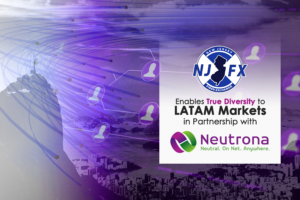
NJFX Enables True Diversity to LATAM Markets in Partnership with Neutrona Networks
NJFX Enables True Diversity to LATAM Markets in Partnership with Neutrona Networks New Point of Presence Bypasses Miami and Offers Direct Route From NJ to

BULK INFRASTRUCTURE ANNOUNCES THE NORDIC GATEWAY
BULK INFRASTRUCTURE ANNOUNCES THE NORDIC GATEWAY An enterprise on-ramp to the fiber network unlocking Nordic sustainable internet and cloud infrastructure See the original Article at Bulk‘s
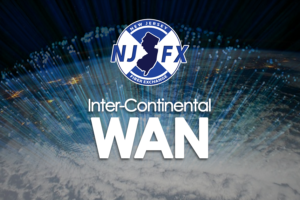
NJFX Announces New Inter-Continental WAN Capabilities at WAN Summit 2019
NJFX Announces New Inter-Continental WAN Capabilities at WAN Summit 2019 global WANs today extend through CLS locations such as NJFX and provide the same operational

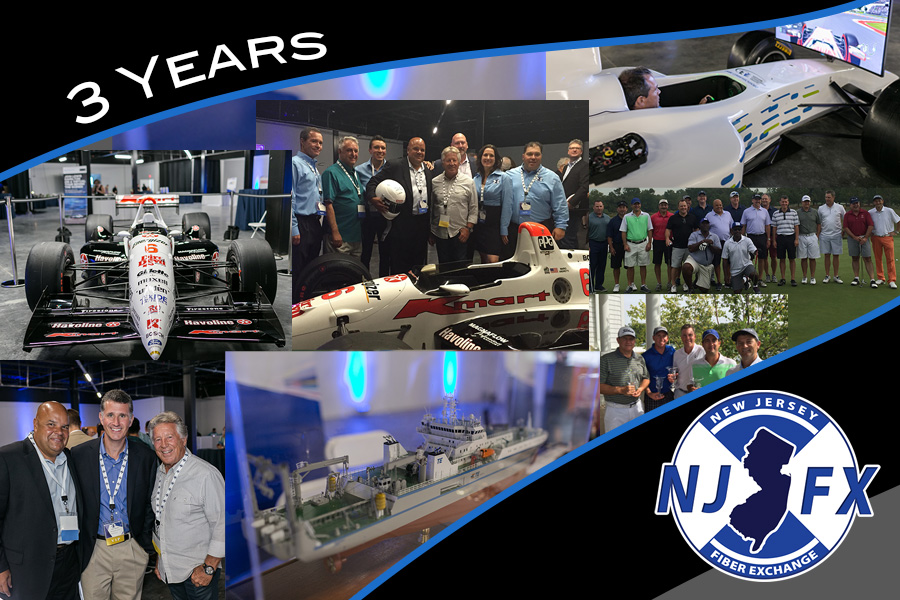

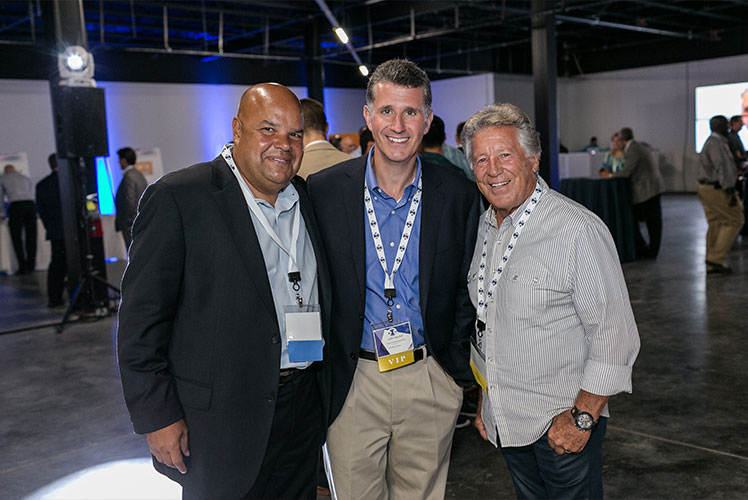






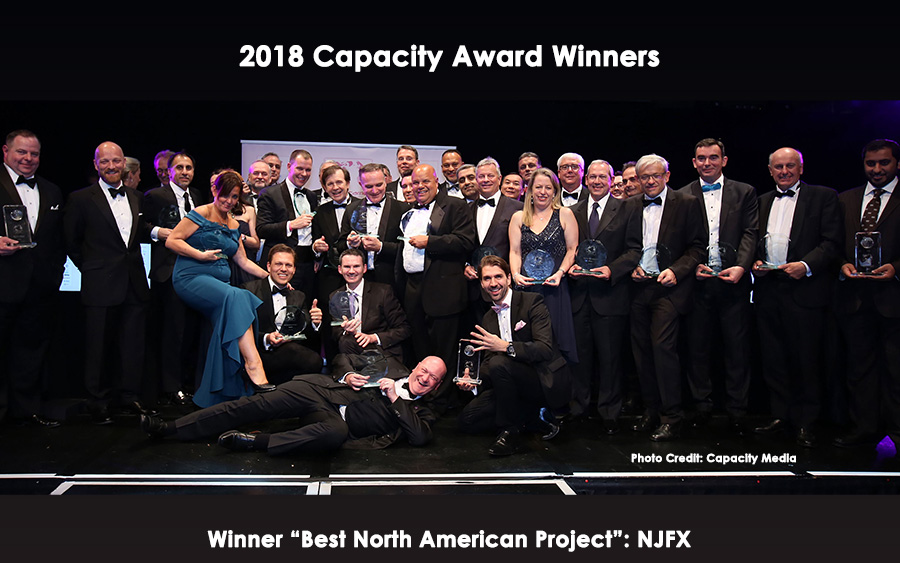
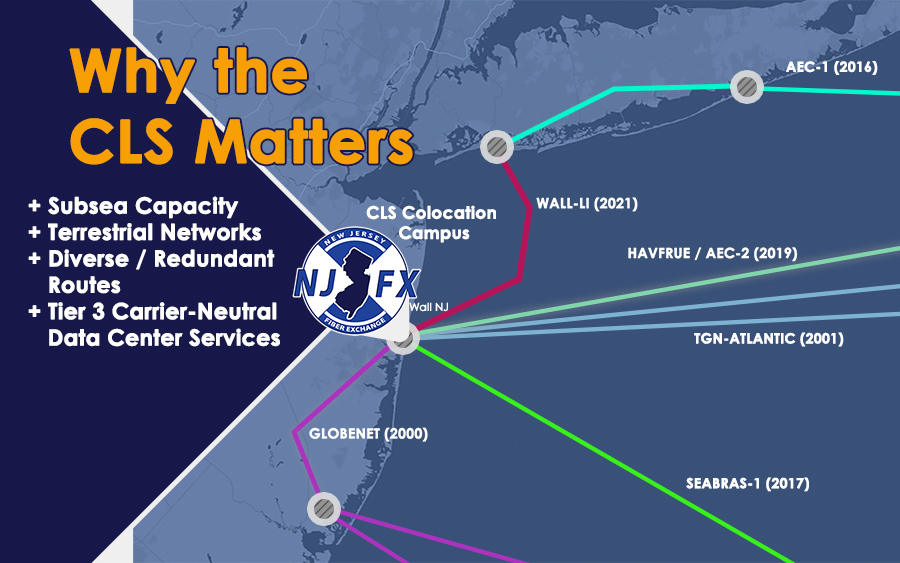 Because of its location on the edge of domestic and international networks and subsea cables, NJFX enables enterprises, financials and carriers to utilize direct routing, eliminate single points of failure and avoid typical network congestion points.
Because of its location on the edge of domestic and international networks and subsea cables, NJFX enables enterprises, financials and carriers to utilize direct routing, eliminate single points of failure and avoid typical network congestion points.